I
Edmund de Waal is a contemporary artist, ceramicist and writer, whose book The Hare with Amber Eyes has been translated into many languages and hailed as a great literary and publishing success. His most recent exhibition, psalm, opened in Venice this summer to coincide with the Biennale Arte 2019. He came up with a portfolio for this edition of Electra, in which photographs of the exhibition are part of a poetic diary that recounts an inner and outer journey. This manuscript is full of themes from this writer-artist: memories, books, objects, senses and places. We see what we hear and hear what we see, because the words and images are the two sides of the coin with which we buy the world. ‘We are always from somewhere else,’ quotes de Waal. This is why we are all travellers and it is our journey that designs the space and the time with which we create our world.
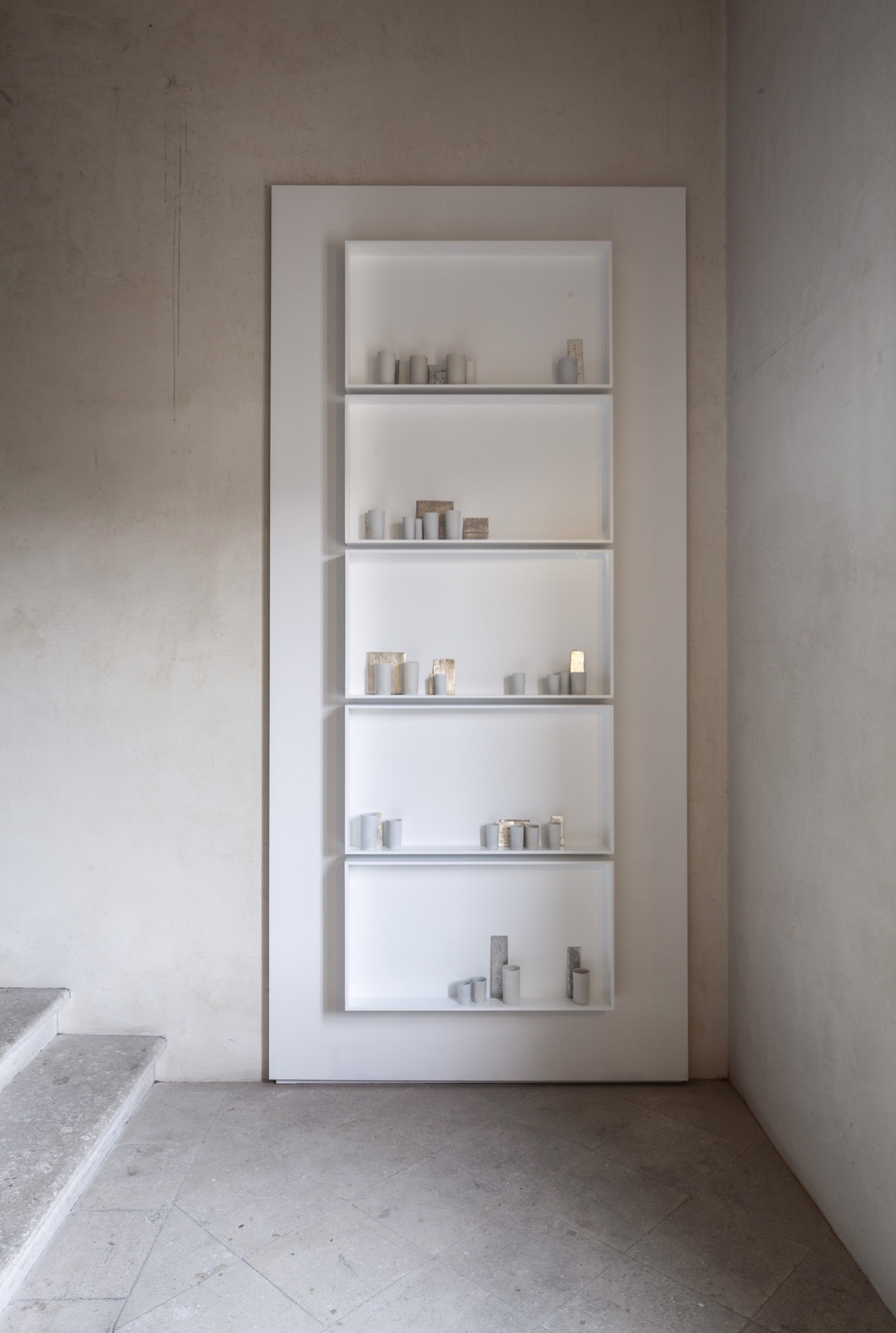
a different breath, 2019, installation view, The Jewish Museum, Venice
© Edmund de Waal. Courtesy of the artist. Photo: Fulvio Orsenigo
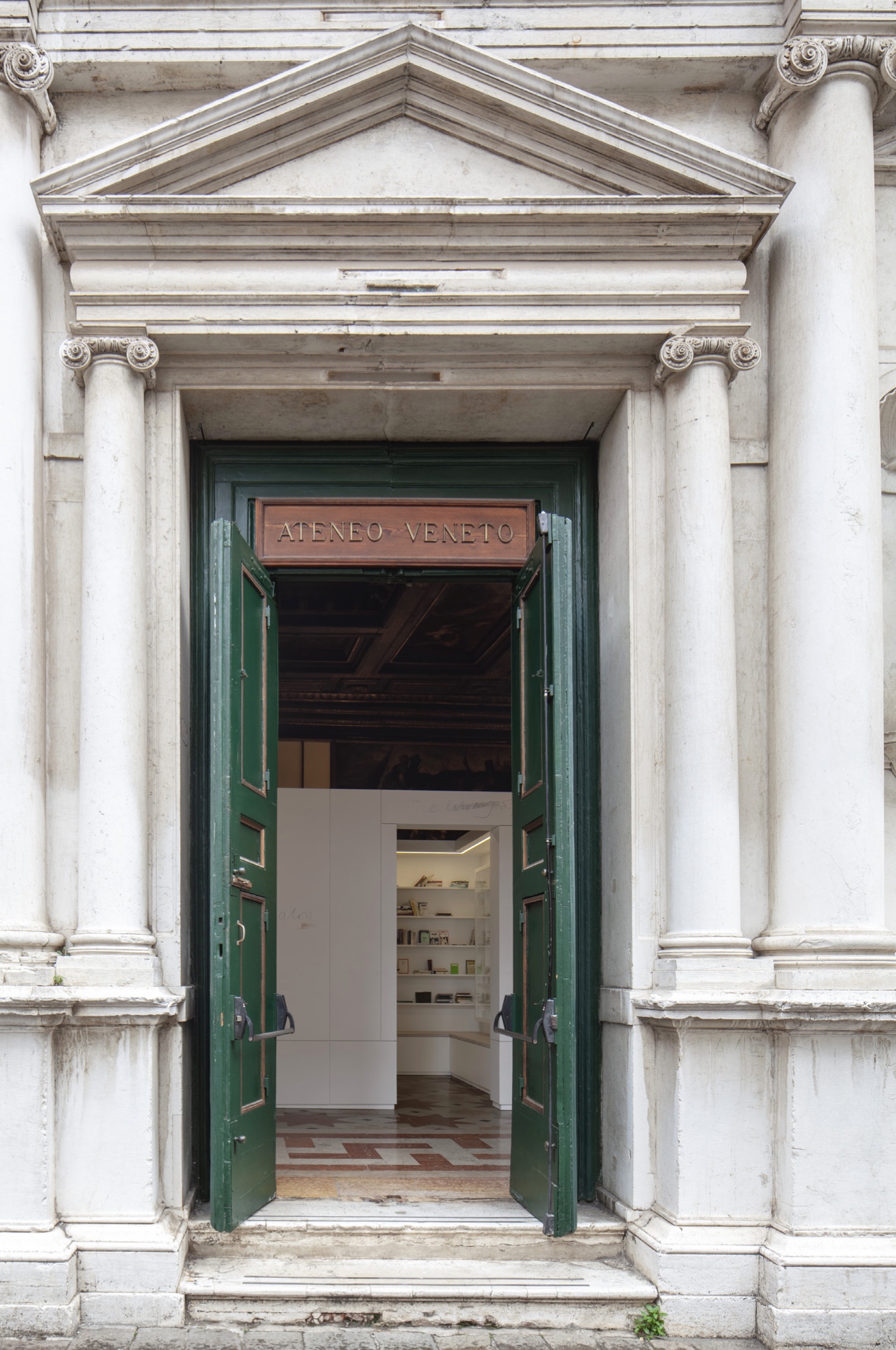
library of exile, 2019, at the Ateneo Veneto, part of psalm, an exhibition in two parts at the Jewish Museum and Ateneo Veneto, Venice
© Edmund de Waal. Courtesy of the artist. Photo: Fulvio Orsenigo
Not everything should be in plain sight.
You know that the book tucked into your pocket, half read, is humming to you.
You glance up as you reach the turning on the stairs and catch sight of a small white box high up. You cannot see what is inside. The whiteness sits in your memory. It sounds.
II
Marco Polo writes about porcelain. He has seen it being made in the city of Tinju. Here, ‘they make bowls of porcelain, large and small, of incomparable beauty. They are made nowhere else except in this city, and from here they are exported all over the world. In the city itself they are so plentiful and cheap that for a Venetian groat you might buy three bowls of such beauty that nothing lovelier could be imagined.’
‘What need to make a long story out of it?’
He comes back home to Venice with a small grey-green jar made from this hard, clear white clay unlike anything seen before. And it is here. It is deep in the Treasury of the Basilica.
It is small and high vaulted. Rock crystal and chalcedony, agates, an Egyptian porphyry urn, a Persian turquoise bowl held in a golden vice; all materials that hold light. Chalices. A reliquary of the True Cross with gems set emphatically as a child’s kisses. This is Byzantium, this Treasury, Christ ascendant, conquering, one object after another from somewhere far away transfigured through Venetian skill.
And my jar is there, at the back of a cabinet between a pair of incense holders and a mosaic icon of Christ. It is a white promise. It is five inches tall, I guess, far less than a hand span, a frieze of foliage, four small loops below the neck to hold a lid, five indentations for thumb and fingers. An object for a hand’s memory. I can’t pick it up. The clay looks grey and rough and a bit raggedy where it has been trimmed roughly. It has come a very, very long way.
We peer at it for ten minutes until the man with the key starts tapping his foot. The Treasury is locked up. The Basilica is empty.
All I have is a memory of a flare of white.
III
I was given Rilke’s story of an elderly man in the Venice Ghetto and his yearning to move higher and higher: ‘Finally, they were living at such a height that when stepped out of the narrow confines of their apartment onto the flat roof, their heads already reached a level where a new land began, of whose customs the old man spoke in dark words, as though half caught up in the raptures of a psalm.’
When I read this I realised I needed to find a room high up.
[...]
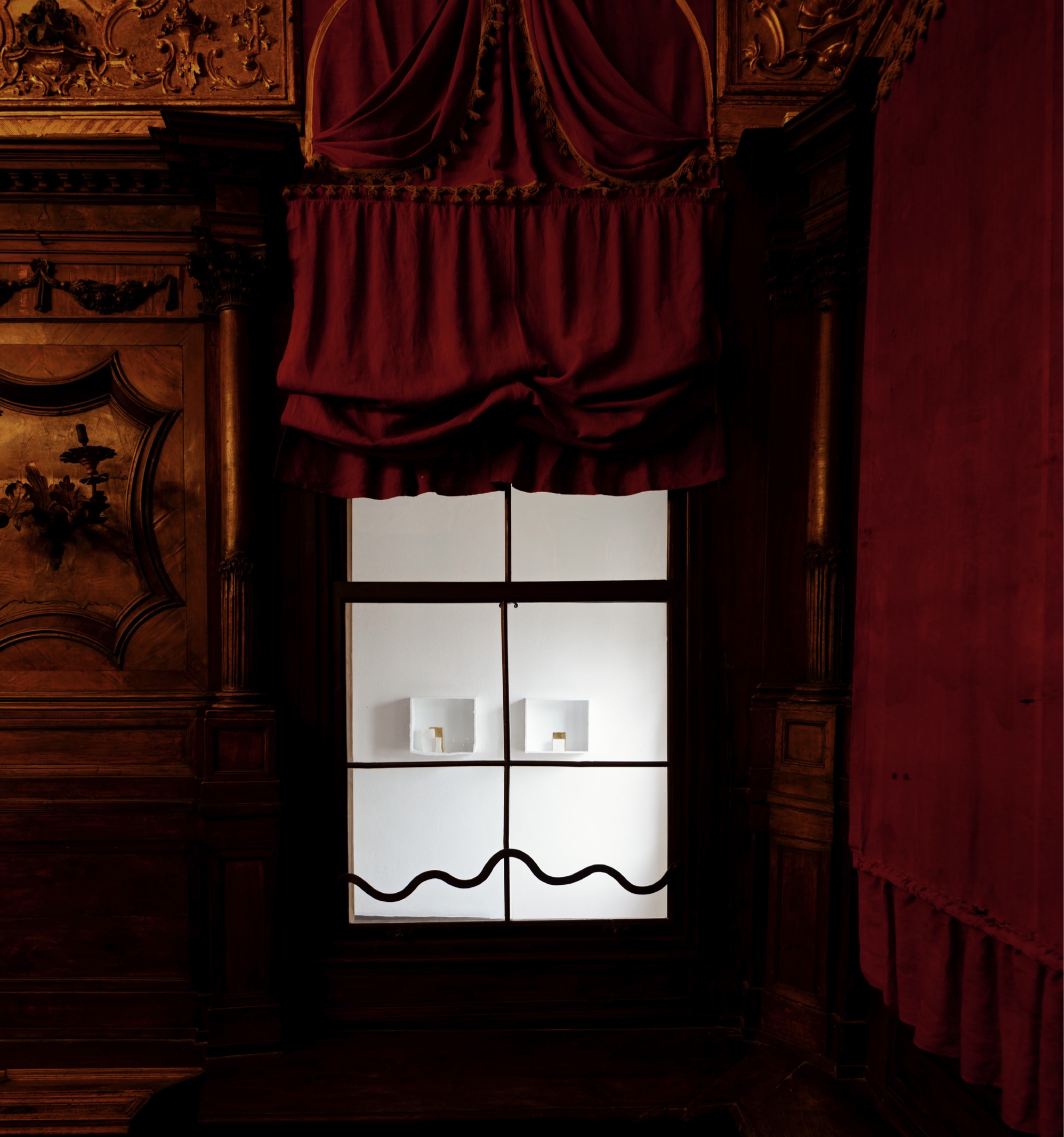
tehillim, 2019, installation view, The Jewish Museum, Venice
© Edmund de Waal. Courtesy of the artist. Photo: Fulvio Orsenigo
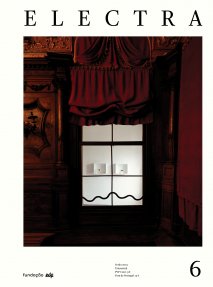
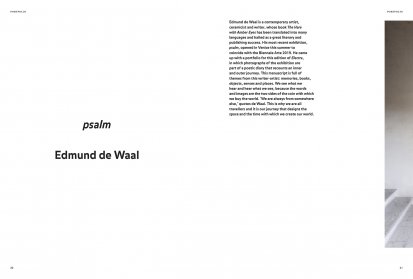

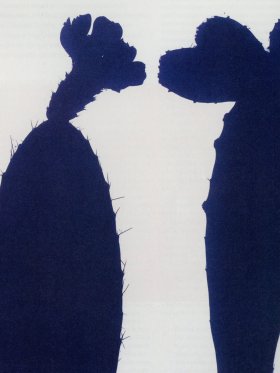
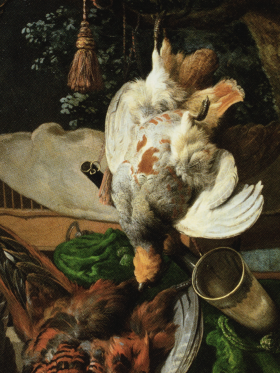
Share article